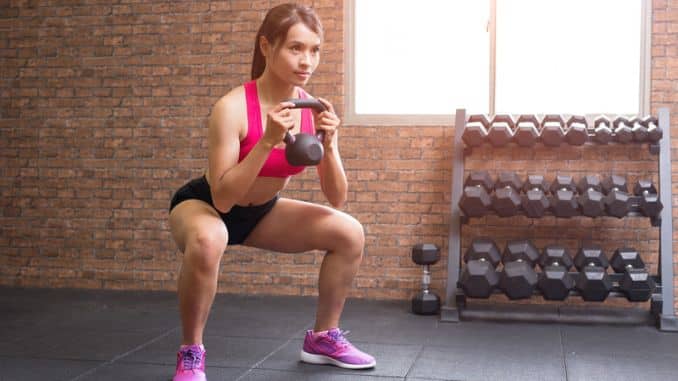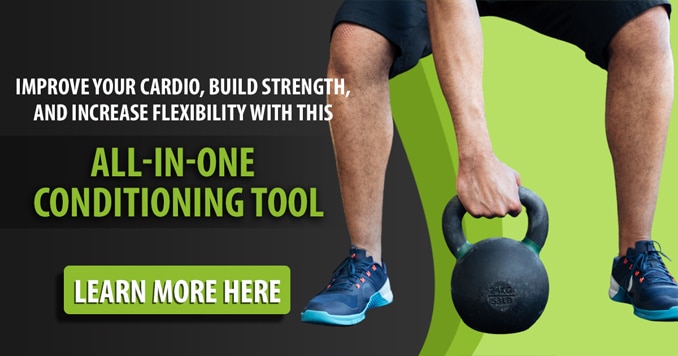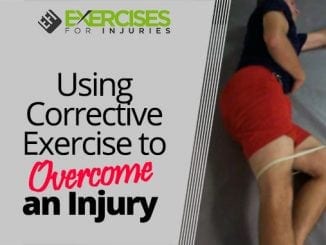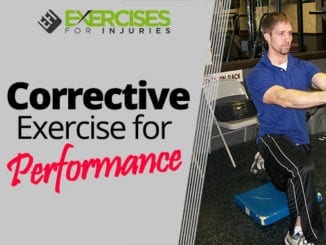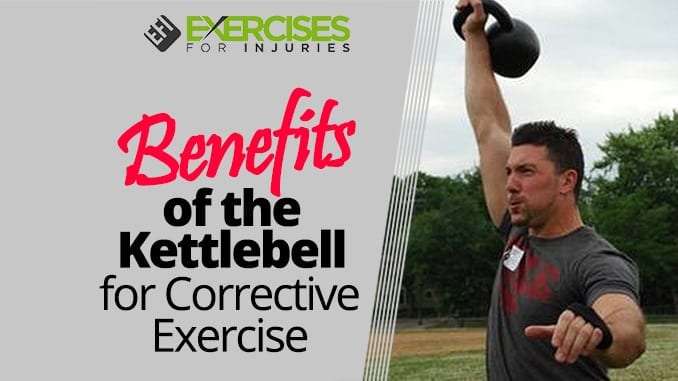
Corrective exercise is a type of movement therapy that focuses on the root cause of an individual’s pain. Commonly, corrective exercise incorporates movements such as stretching and strengthening exercises. For example, if someone has a tight pectoral muscle, they may stretch that area to relieve tension. The same applies to the upper back or lower back—they can strengthen those areas with specific exercises. Kettlebells offer a variety of benefits for corrective exercise because of their versatility and ability to target muscle groups in different ways.
I am liking the kettlebell more and more.
When I was in Las Vegas last month, the gym at the Vdara had a rack of kettlebells. This was the first time that I have ever seen them in a hotel gym.
It was cool to play with them.
I am starting to use them for injury recovery, mobility, and a workout.
Now Forest is an experienced kettlebell guy and he is going to share with you how you can use kettlebells for corrective exercise, enjoy.
At first glance, a kettlebell (KB) looks like a cast-iron wrecking ball.
The fundamental HardStyle kettlebell exercise is the swing.
And chances are if you have pain issues of any kind, this type of fast, ballistic movement probably looks like the LAST thing you’d want to do …
But, quite to the contrary, KBs are a great tool for corrective exercise training. They can be used to treat individuals with pain in the low back, shoulder, knee, ankle, and much more.
In this article, I’m going to talk about a few specific reasons why kettlebells are a great tool for corrective exercise – and then give you a sample KB workout to get you started!
3 Benefits of the Kettlebell for Corrective Exercise
Here are three great reasons why a kettlebell is a great tool for corrective exercise applications:
1. KBs teach good lifting mechanics
The odd shape of the kettlebell – essentially a fat-grip handle with a ball-shaped weight attached to it – makes it (among other things) unwieldy. But – objects in the real world are odd-shaped as well – so this is a GOOD thing if we’re trying to teach proper lifting mechanics – which is key in proper movement.
As an example, the KB sumo deadlift trains an individual to pick up a weight correctly from the ground. This movement can then be progressed to a swing when the individual is ready. (See the video below for a demo of each of these exercises.)
2. KBs require dynamic movement – which is present in real life
The pain many times is not present when a subject lays still – but presents itself in various ways during dynamic movement.
For example, shoulder pain may not be present when the subject is in a seated position, but when attempting to get up off the floor, the pain may be aggravated.
Training with kettlebells is a great way to integrate dynamic movement into the pain relief progression. Going back to the kettlebell swing example, this is a movement that requires dynamic – and ballistic – motion under a load, which happens frequently in real life.
3. KB training demands perfect muscle activation – which in turn protects and stabilizes the body
Proper execution of all foundational kettlebell movements demands muscle activation (especially scapular stabilization) of those muscle groups that protect the spine, lower back, and pelvis – and this is key for taking a preventive approach to pain management.
So – now you know that KBs are a great exercise modality for corrective exercise training – here is a sample workout you could do:
3-Part Kettlebells for Corrective Exercise Workout
Part 1 – Warm-Up
Box Squat
Hamstring/Hip Flexor Stretch Combo
Perform these two exercises back-to-back without rest for about:30 each non-stop; repeat the pair of warm-up movements twice without rest.
Here’s a quick video of how to perform this warm-up:
Part 2 – Workout
- KB swings – 15 (two-hand)
- Active Rest’ Cardio: ~:30
- Plank: ~:30 hold
- Active Rest’ Cardio: ~:30
Continue this sequence non-stop for 10 Minutes.
Part 3 – Cool Down
5 minutes of static stretching – tight muscle groups only
In conclusion, although your first impression may be otherwise, kettlebells are a great tool for corrective exercise.
Three big reasons why kettlebells are great for corrective exercises are:
- kettlebells teach good lifting mechanics
- they require dynamic movement
- they demand perfect muscle activation to perform correctly
The workout provided in this article is a great starting point for your training in corrective kettlebell exercise!
If you would like to check out more workouts that I have for the kettlebell, you can check out the 10×10 Kettlebell Workout Solution here:
Thanks for reading, and train hard.
Forest Vance, MS
About Forest Vance
Forest Vance holds a Master’s degree in Human Movement and personal training certifications through the American College of Sports Medicine and the National Academy of Sports Medicine.
He is also a Level II Russian Kettlebell Challenge Certified Instructor, Certified Corrective Exercise Specialist, Certified Performance Enhancement Specialist, and Certified Fitness Nutrition Coach.
Over the last 8 years, Forest has experience as a personal trainer, group fitness/boot camp instructor, fitness manager, and health club general manager. He currently works as the owner and head trainer at his Sacramento functional training gym.
He also maintains a network of fitness-related websites, makes regular guest appearances on many others, has been featured in the national newspaper, radio, television, and other media, and is the creator/author of numerous books, DVDs, and digitally delivered workout programs/systems.

